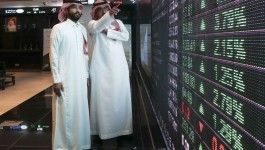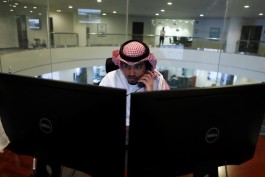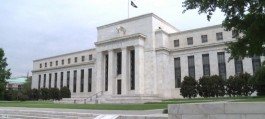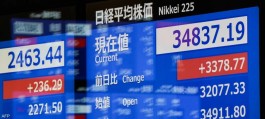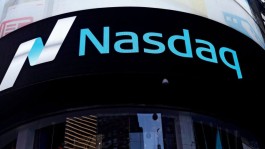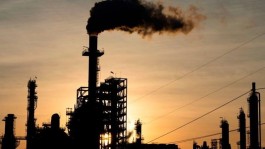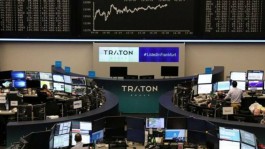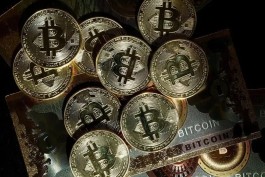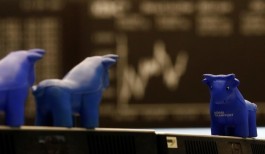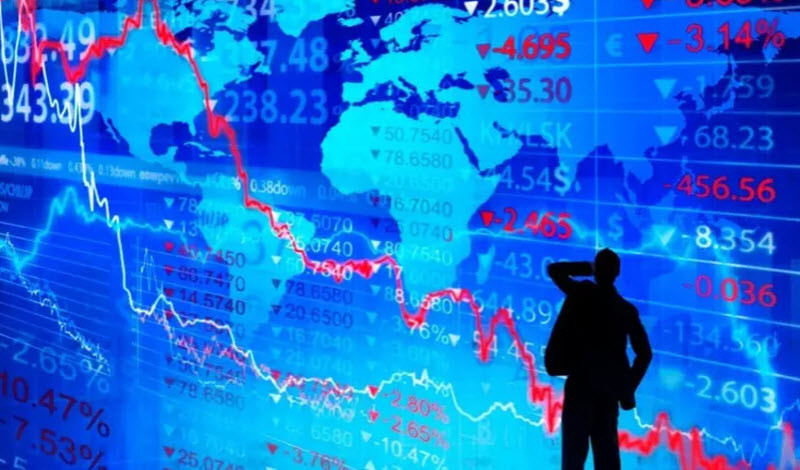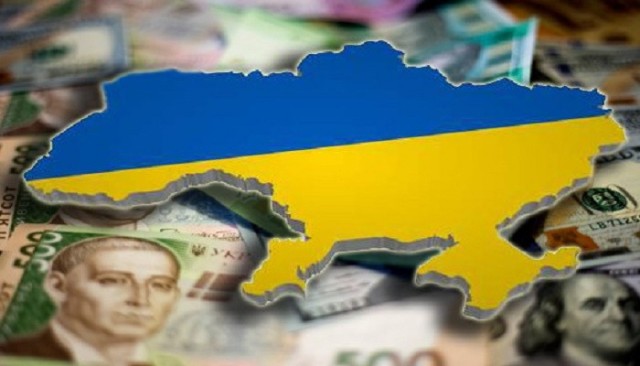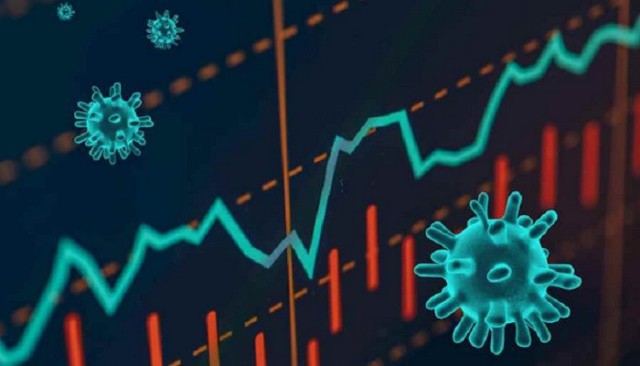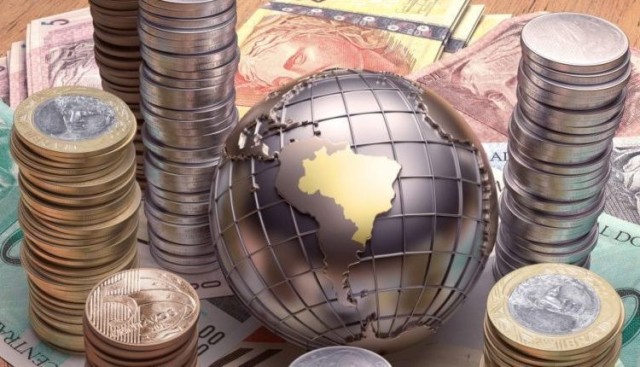Business activity recorded in the United States, Europe and Japan in August led to a sharp slowdown in global economic growth which in turn dampened consumer demand due to rising prices and the war in Ukraine crippled supply chains.
According to Arab Net, US companies recorded a sharp decline in business activity in August in a broad-based decline led by services companies, although manufacturing also slowed. The S&P Global survey said high inflation, material shortages, delivery delays and rising interest rates were all factors that weighed on business activity.
The composite PMI for the US economy - which measures activity in both the manufacturing and services sectors - was at 45.0 in August, down from 47.7 in July. It is the second month in a row with lower readings, which were the lowest since May 2020, early in the pandemic. A reading below 50 indicates a contraction; A reading above this level indicates growth.
Clustering clouds spread across the private sector as orders for new services returned to contraction territory, reflecting the weak demand conditions seen in their manufacturing counterparts, said S&P Global Market Intelligence's chief economist, Sian Jones.
The US economy has contracted for two consecutive quarters, although job growth remains strong with the unemployment rate matching its lowest level in half a century. Inflation remains near record levels despite a slight lull in inflation in July as the Federal Reserve pursues a robust strategy of raising interest rates to calm demand and slow price gains, according to the Wall Street Journal and seen by Al Arabiya.net.
Business activity in Europe fell for the second month in a row amid a renewed rise in energy prices due to uncertainty about Russia's willingness to maintain its already low supplies of natural gas ahead of the heating season.
Russia's gas supplier Gazprom said on Friday it would shut down the Nord Stream natural gas pipeline to Germany for three days for maintenance later in August. This led to higher gas prices, driven by concerns about Europe's ability to secure an adequate supply of fuel before winter.
S&P Global said its composite PMI for the euro zone fell to 49.2 in August from 49.9 in July, reaching an 18-month low. Industrial production also fell for the third month in a row, while the services sector narrowly avoided contraction. Firms in both sectors recorded a decline in new orders, indicating weakness in the coming months, while factories reported an increase in inventories with merchandise remaining unsold.
S&P Global Economist Andrew Harker said: This abundance of stocks suggests little potential for an improvement in industrial production in the short term.
The PMI for Germany pointed to the biggest drop in business activity since June 2020, while its counterpart for France indicated the first drop in activity since the first wave of the pandemic.
The eurozone economy was hit by the fallout from Russia's invasion of Ukraine in February, as soaring energy and food prices eroded household purchasing power and threatened business profit margins.
For now, however, the jump in inflation has not hampered the eurozone's recovery from the pandemic, which has been slower than in the US in part due to the belated lifting of government restrictions. The reopening of parts of the economy that were fully or partially closed for most of 2021 accelerated economic growth in the three months through June, even as the US economy contracted for the second consecutive quarter.
The Purchasing Managers' Index for US service providers fell to 44.1 so far in August, from 47.3 in July. Standard & Poor's Global said companies faced greater reluctance with customers to start a new business, which led to a sharp drop in new orders.
US providers are raising prices more slowly than they have been in 17 months as lower demands and increased competition moderate prices. It has also eased input costs for service providers, but wages, suppliers and transportation costs continue to weigh on businesses.
US manufacturers' production contracted for the second month in a row as they faced slumping demand and persistent supply chain problems, although manufacturers also reported the slowest rise in cost burdens since January 2021.
While the summer tourism season approaching previous levels before the pandemic could see the eurozone economy grow modestly in the three months to September, the S&P survey indicated a decline in activity in the tourism and leisure industry during August.
This suggests that the eurozone economy may already be in deflation, and economists doubt it will avoid that fate in the final months of the year as higher energy prices take a bigger share of household budgets. The duration and severity of this downturn will depend on how much damage is done to household spending, and whether it is necessary to ration energy consumption that would directly reduce factory output.
Economists at Barclays expect the eurozone economy to grow this quarter and then contract in the last three months of this year and the first quarter of 2023. But, on a note to clients, they said their forecasts for a mild recession looked increasingly optimistic, given the uncertainty. regarding the availability of natural gas.
S&P Global surveys indicated that private sector activity in Japan and Australia also declined in August for the first time since a new wave of coronavirus infections at the start of the year.













